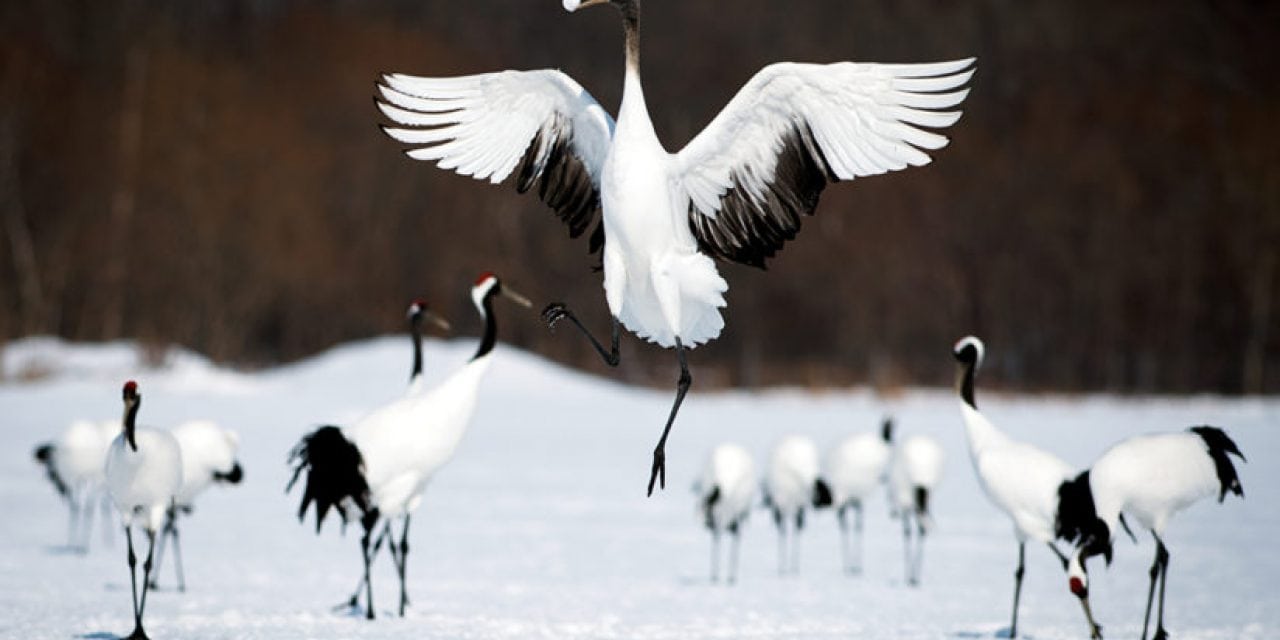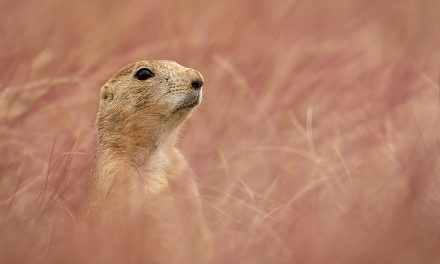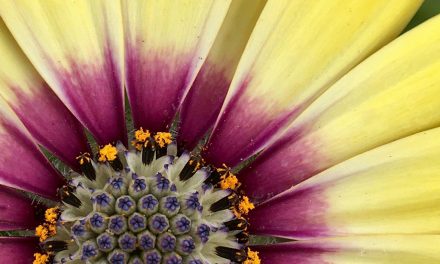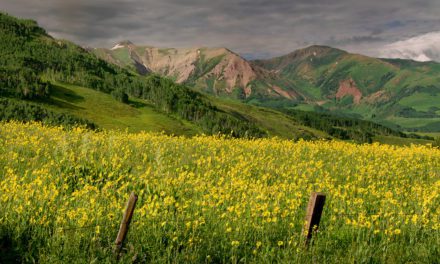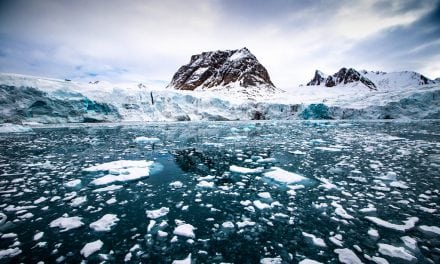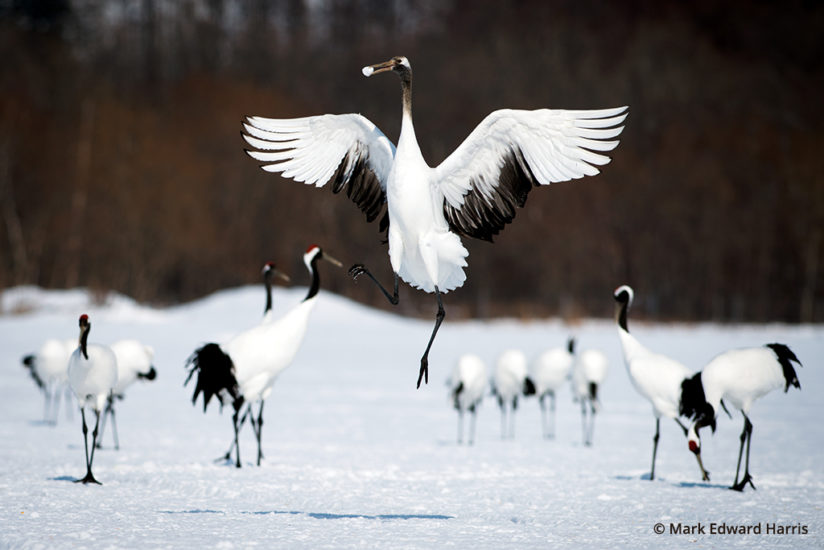
While Japan is slightly smaller than California, it extends from latitudes 24 degrees to 46 degrees North, across nine forest ecoregions, making it possible for a surprisingly diverse number of species of wildlife and flora to call the stratovolcanic archipelago home. The wide range of climatic zones opens up year-round photo opportunities throughout the country.
Hokkaido, Jappan
In Hokkaido, the northernmost of Japan’s four main islands, winter brings with it a thick blanket of snow but also creates an ideal rendezvous point for the endangered Japanese crane (Tancho) in Kushiro Shitsugen National Park. While the country’s largest wetland and marsh habitat supports the red-crowned cranes all year, winter at the park’s Tancho Observation Center is perhaps the best time and location to capture their spectacular balletic dance. Telephotos in the range of 400mm or longer are suggested. This multilevel viewing platform is best accessed by car, but keep in mind that driving in Japan is done on the left side of the road, with the driver’s seat on the right side of the car. Public transportation, taxis, private cars and tours are viable options.
Sarobetsu Plain (Sarobetsu-genya), Japan’s second largest wetland and part of Rishiri-Rebun-Sarobetsu National Park, and Kiritappu Wetland, the country’s third-largest wetland, are also located in Hokkaido. Kiritappu is nicknamed the Wetland of Flowers because of the abundance of Lysichiton (skunk cabbage), lilies, irises and clustered gentian that flourish there during the summer.
A number of unique boat tours around Hokkaido offer floating platforms for a wide variety of photo opportunities. In winter, typically from mid-January to mid-March, daily drift ice boat tours depart from Abashiri and Mombetsu on the Sea of Okhotsk coast to encounter sea ice that originated around Russia’s Amur River. Unfortunately, the amount and thickness of the drift ice have decreased considerably since the late 1980s due to global warming.
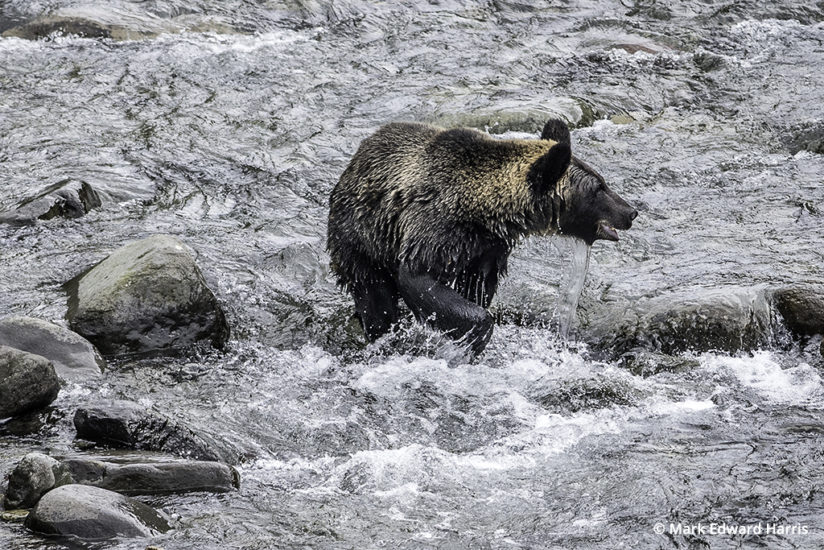
During the non-winter months, tour boats from Rausu on the east coast of the Shiretoko Peninsula offer the potential for photographing sperm whales and the Baird’s beaked whale, while boats out of Kitakobushi on the west side of the peninsula troll its shores in search of brown bears. Photographing bears from one of these commercial boats can require 600mm and longer focal lengths to fill the frame. Trekking tours on terra firma to observe brown bears and night animal spotting opportunities are also popular on this side of the peninsula.
Of the approximately 130 species of land mammal in Japan, the two largest are its bears. While the Ussuri brown bear, similar to the North American brown bear, is found in Hokkaido, the Asian black bear inhabits mountainous areas in Japan’s three other main islands: Honshu, Shikoku and Kyushu.
Honshu
In Karuizawa in Nagano Prefecture on Honshu, Masaya Kusube, director of the Picchio Wildlife Research Center, and his team offer wildlife interpretive tours, including the flying squirrel in addition to their conservation work. As part of the Center’s research, Kusube uses the economical Bushnell Trophy Cam HD digital scouting camera to keep an unobtrusive eye on Asian black bears in their winter dens. The Trophy Cam can be triggered by movement detected by a Passive Infra-Red (PIR) motion sensor to take up to 12MP still photos or 720p HD video.
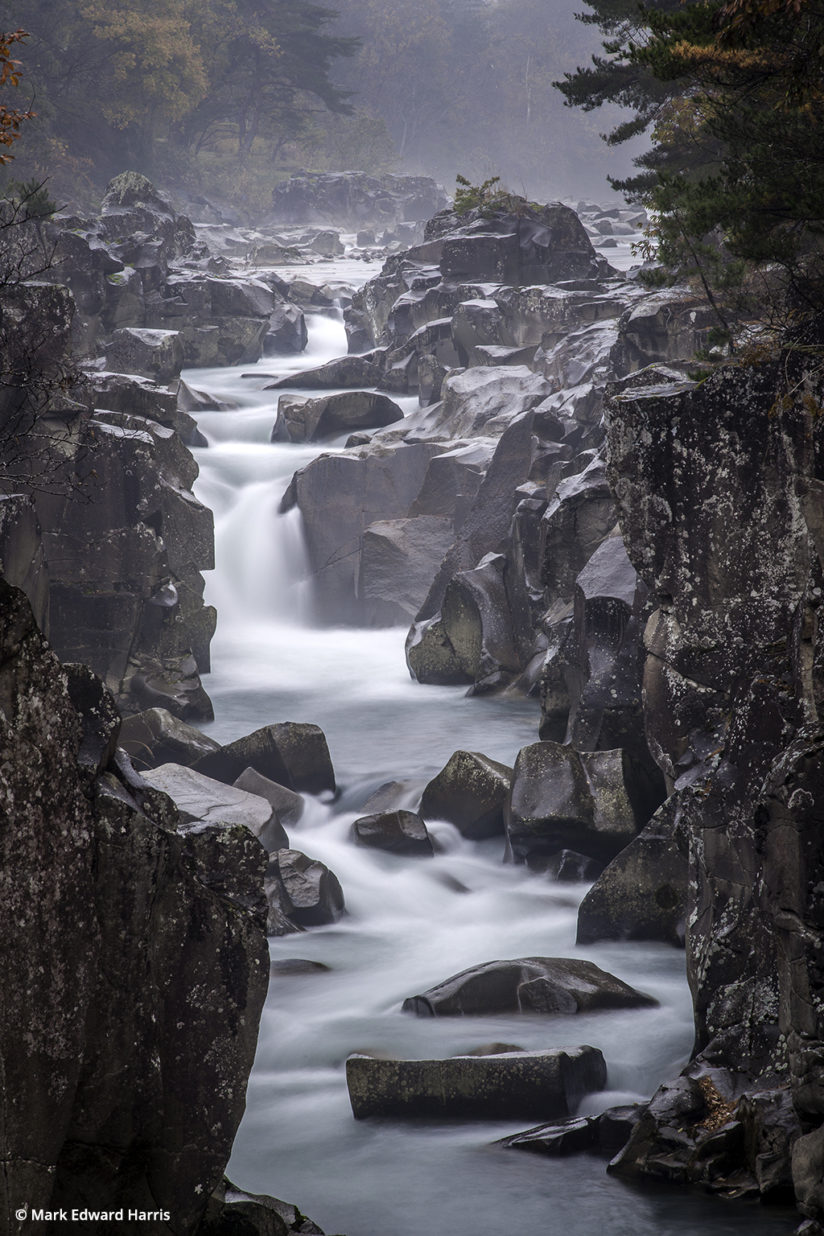
Kusube suggests that the best times of the year to photograph the bears are April and May, when they come out of their dens, and in early November, when the leaves fall off the trees, with the area around Karuizawa being perhaps the best location for the Asian black bear. He points out that these bears are nicknamed moon bears for their chest markings. “Tsuki no wa guma” translates as “ring of moon.”
While Japan’s national bird is the green pheasant and the carp its national fish, the Japanese macaque, more commonly referred to as the snow monkey, has made it to international superstar status because of its love of hot springs (onsen). At Jigokudani in Nagano Prefecture, the earth’s most northerly monkeys seem oblivious, or at least unconcerned, with their camera-wielding human relatives. Visitors are allowed to get into extremely close vicinity with the bathing macaques, so wide-angle lenses in the range of 14-24mm on a full-frame camera, in addition to telephoto lenses, should be a part of a photographer’s arsenal. Access to Jigokudani requires hiking a 1½-mile trail in winter, so a good camera backpack, crampons and hiking sticks are highly recommended. I use Black Diamond Distance Z Trekking Poles because they fold into three sections, making them compact for travel.
The 12-room Korakukan Jigokudani is an ideal place to stay because of its proximity to the bathing snow monkeys and because of its authentic cultural experience. This rustic mountain minshuku—a simple Japanese inn—is only 100 meters from the entrance to Jigokudani Yaen National Park.
Also on Honshu is Fujisan, the “Crown Prince” of mountains. The classic angle of this active stratovolcano is an early-morning view from the east of its dramatic west face. While it’s stunning, it’s not the only Japanese mountain worthy of a photo session. Nihon Hyakumeizan(100 Famous Japanese Mountains), first published in 1964 by the late mountaineer and author Kyūya Fukada, is still a great resource. Fukada selected 100 mountains based on a combination of grace, history and individuality, excluding, for the most part, those with an altitude less than 1,500 meters (4921 feet). Mt. Tsukuba and Mt. Kaimon were among the few exceptions.
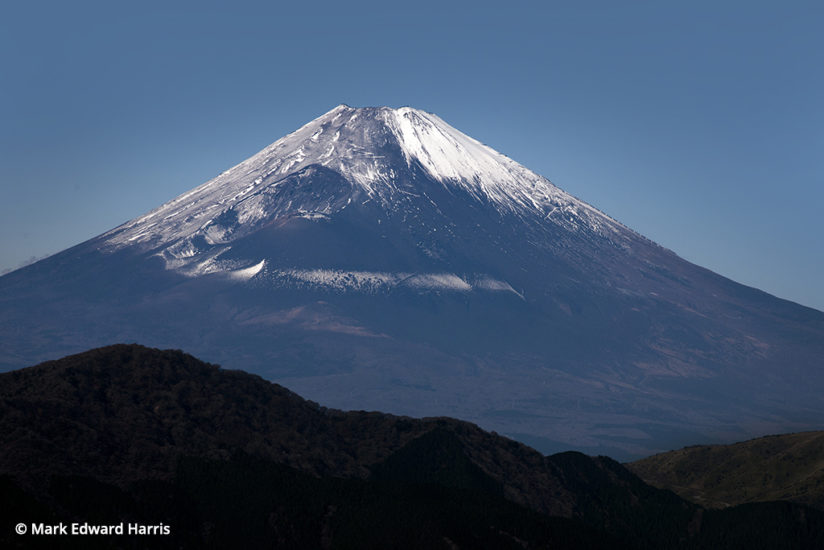
Jodogahama Beach in Sanriku Fukko National Park is one of the countless areas of dramatic natural beauty along the island nation’s coastline. The contrast of jagged rocks, lush green pines and a deep blue sea moved the Buddhist monk Reikyo to refer to the area as “Jodogahama,” which can be translated as “Pure Land,” “Paradise” or “Heaven’s Beach.” Despite the sad reality that this area of northeastern Honshu was devastated by a direct hit from the 2011 tsunami, nature’s neighboring man-made infrastructure is mostly back in place, this time with higher seawalls in many locations.
While the off-the-beaten-path areas of Japan take a commitment of days or weeks to fully experience their natural wonders, day-trippers from Tokyo’s Shinjuku, Asakusa and Skytree stations can get a good dose of Japanese nature with a less-than-two-hour ride on the “Limited Express SPACIA” Tobu Railway to Nikko. The historic town’s 318-foot Kegon waterfall is ranked as one of Japan’s three most beautiful falls (along with Nachi in Wakayama and Fukuroda in Ibaraki). Near Kegon Falls is a complex of UNESCO World Heritage temples and shrines, including one with the carvings of the famous “See No Evil, Speak No Evil, Hear No Evil” monkeys, a cultural detour well worth taking.
Japan For The Birds
Over 600 species of bird have been recorded in Japan, including the endemic Japanese woodpecker, copper pheasant and green pheasant. Arasaki on the southern main island of Kyushu is the go-to location for photographing hooded and white-naped cranes. Further to the south are several species unique to the smaller islands, including the Okinawa rail and Bonin white-eye.
Reptiles, Amphibians And Fish In Japan
Japan has more than 70 species of reptile, almost half endemic. Sea turtles and venomous sea snakes, including the black-banded sea krait, ply the warm waters of southern Japan. On land, venomous snakes include the mamushi, the tiger keelback and several types of vipers. Among the non-venomous endemic snakes is the Japanese rat snake. Lizards include the Okinawa climbing lizard that calls the southern islands home. Freshwater turtles include the endemic Japanese pond turtle and the Ryukyu black-breasted leaf turtle, while the Chinese box turtle is found only on the islands of Iriomote and Ishigaki. Of the more than 40 amphibian species, the Japanese giant salamander reigns supreme—no need to pack a macro lens to photograph one of the world’s largest amphibians.
Over 3,000 types of fish are in and around Japan. Freshwater fish include the ayu, crucian carp and common carp. The southern Ryukyu Islands are home to endemic species of photogenic, brightly colored freshwater gobies. Important saltwater fish include the red sea bream. The little-known goblin shark and frilled shark have been recorded in the deep waters off Japan.
Notable anadromous fish in Japan—those that migrate up rivers from the sea to spawn—include six species of salmon. The critically endangered Japanese huchen (Sakhalin taimen) is the largest fish to enter freshwater in Japan and can grow to almost 7 feet in length.
Insects
Japan has approximately 300 types of butterflies as well as other well-known insects, including cicadas, crickets and fireflies. The firefly holds a special place in Japanese culture, with songs and haikus dedicated to their magical glow. Summer evening firefly viewing is a popular tourist attraction in places such as the Tsukiyono Firefly Village on the west side of Jomo-kogen Station in Gunma Prefecture and Minami Minowa Village in Nagano Prefecture. In June and July, humid days and sudden showers bring out fireflies, including 14 types that display bioluminescence, the two most common being the bigger and brighter-glowing Genji and its demure counterpart, the Heike. Heike fireflies tend to come out and stay out later in the season. Ninety minutes from central Tokyo in the eastern Kanto region is the Roman-no Mori Kyowakoku (Romance Forest Republic), a heavily forested area with opportunities to photograph fireflies in the wild.
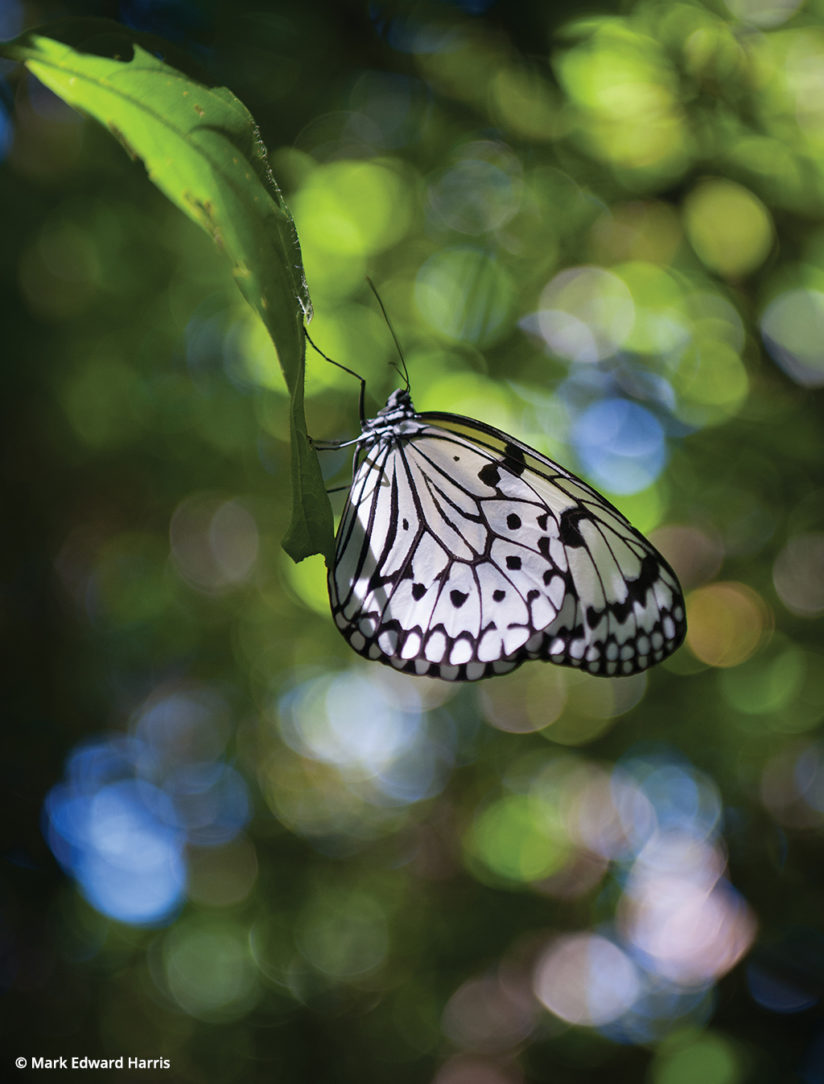
Japanese Flora
Around 4,000 to 6,000 species of plants grow naturally in Japan. Among those are almost 500 species of bamboo, some able to reach 200 feet in height.
While the chrysanthemum was introduced to Japan from mainland Asia and is the emblem of the imperial family, it’s the blossoming of the sakura (cherry blossom) that causes an annual nationwide celebration. Every year the public enthusiastically tracks the sakura zensen (cherry blossom front) via nightly forecasts provided by the Japanese Meteorological Agency as it moves northward up the archipelago with the approach of warmer weather. The blossoming begins in Okinawa in January and typically reaches Kyoto and Tokyo at the end of March or the beginning of April. It continues on to higher altitudes and northward, arriving in Hokkaido a few weeks later.
Japan’s Galapagos Of The East
Okinawa’s Iriomote Island, nicknamed “The Galapagos of the East,” is geographically closer to Taiwan than Tokyo, with its dense subtropical jungle home to rare and diverse species from the roundback tortoise and Atlas moth to the Iriomote wildcat. This subspecies of the leopard cat lives exclusively on Iriomote and is one of four cats that cannot retract their claws—the others being the cheetah, the flat-headed cat and the fishing cat. The nocturnal Iriomote wildcat is an endangered species with an estimated population of fewer than 100. With subtropical jungles covering approximately 90 percent of the island’s total area, and a human population of just 2,300, Iriomote is one of the last relatively untouched wildernesses in Japan.
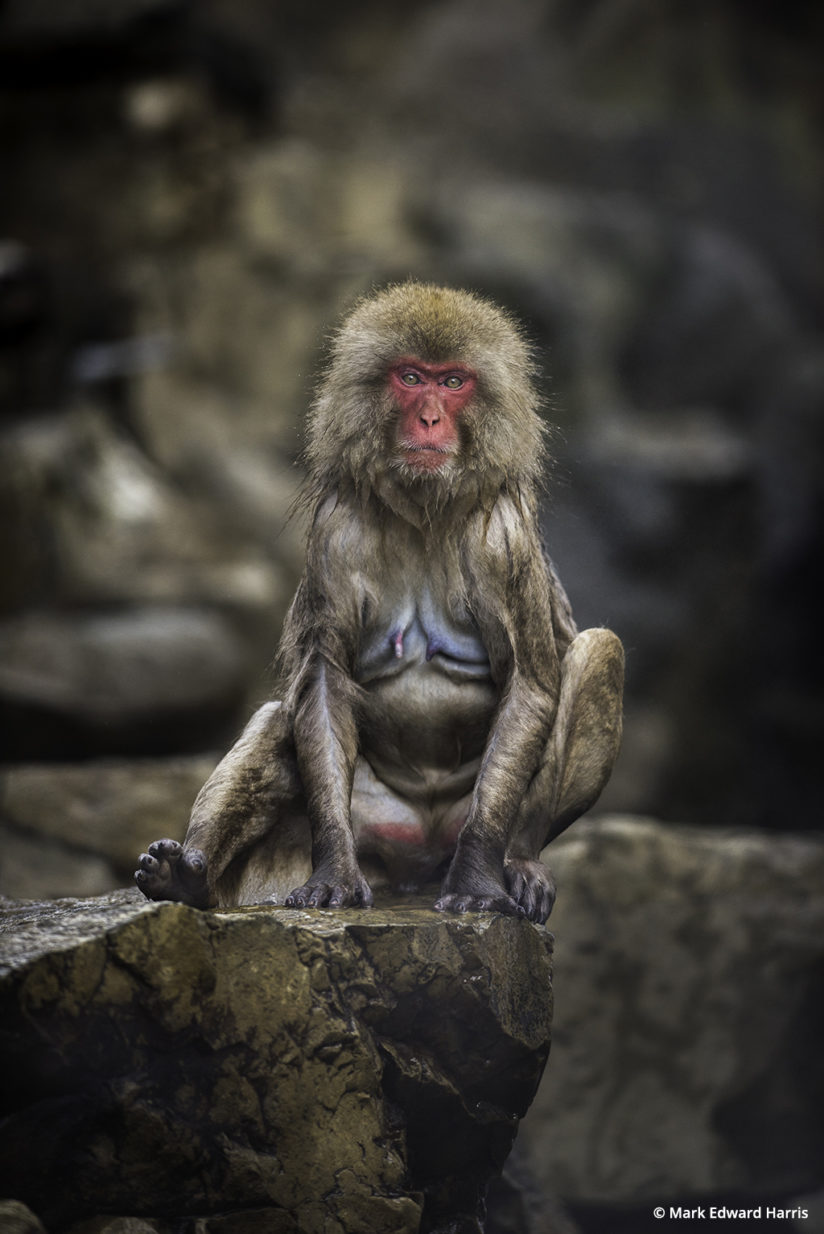
Photo ops at Kanbiree, Mariyudu and Pinaisara waterfalls can be found after extended and often muddy hikes along the Urauchi, Okinawa’s longest river, while the Barringtonia, a beautiful species of mangrove, is best accessed by kayak. Its delicate, pale pink blossoms bloom on Iriomote briefly from late June to July and come out only at night. When the sun rises, they droop, then fall into the waterways that lace a mangrove forest.
A direct flight from Tokyo to neighboring island of Ishigaki, then a 40-minute ferry ride to Iriomote’s port of Ohara, is the quickest way to Iriomote. Ten minutes from the port by car is the Hoshino Resort Nirakanai Iriomotejima, the island’s eco-adventure hub.
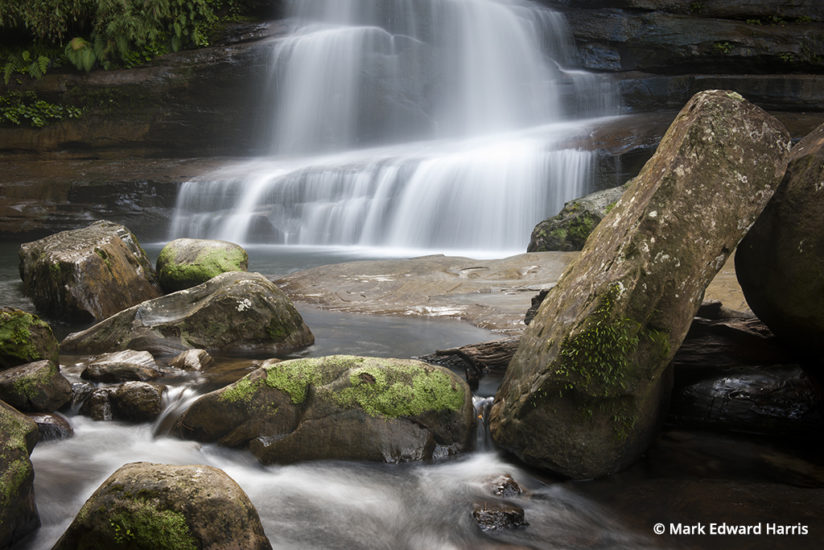
While planes and boats are required when seeking out Okinawa’s natural wonders, the home islands of Japan are perhaps most efficiently and economically explored by a fantastic web of rail and bus lines. Japan Rail passes bought outside of the country allow visitors unlimited travel throughout the main islands for varying amounts of time. The Ordinary pass is for second-class travel, while the Midori (Green), for a relatively small additional payment, is for first class travel and well worth the difference, especially during peak season travel.
Japan also has an excellent network of well-maintained and accessible national parks. The Japan National Tourism Organization is a great place to start for maps and other information.
YOU MIGHT ALSO LIKE
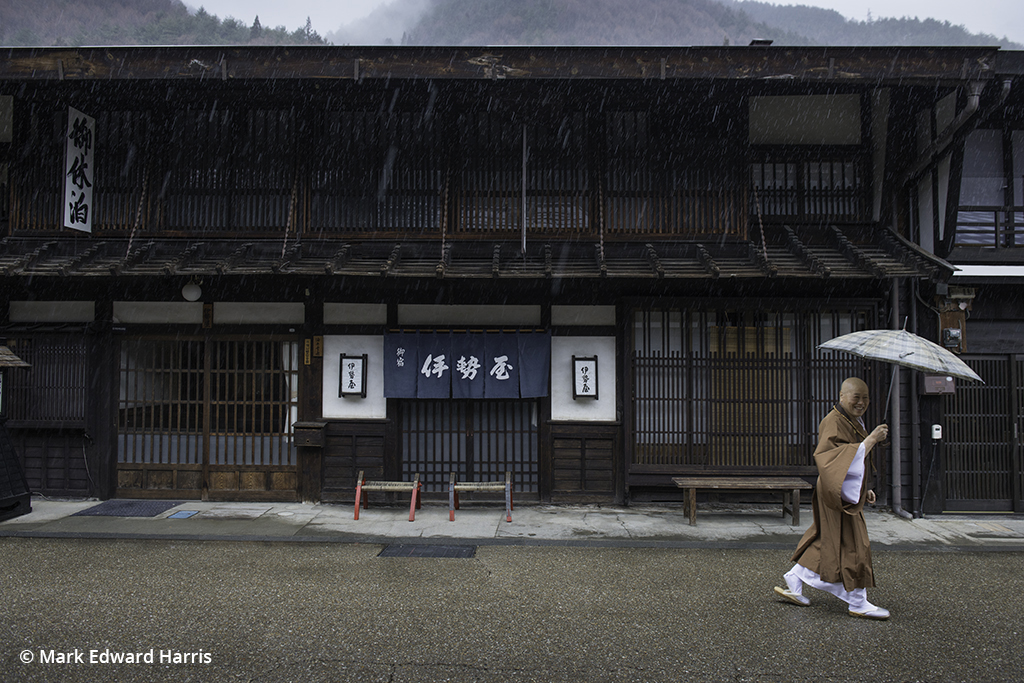
Eyes On The World
Travel photography tips for documenting places and cultures. Read now.
The post Wild Japan appeared first on Outdoor Photographer.

